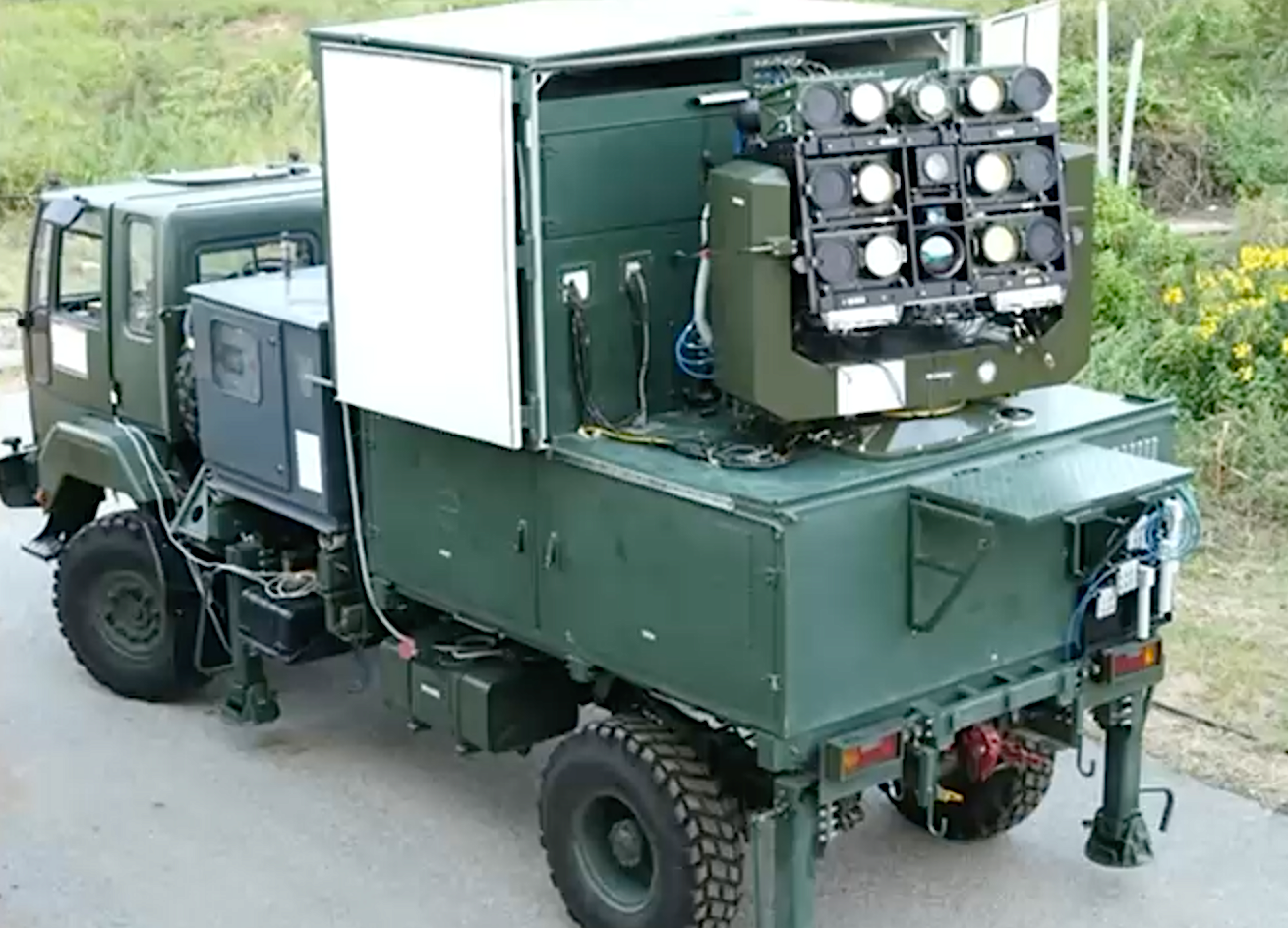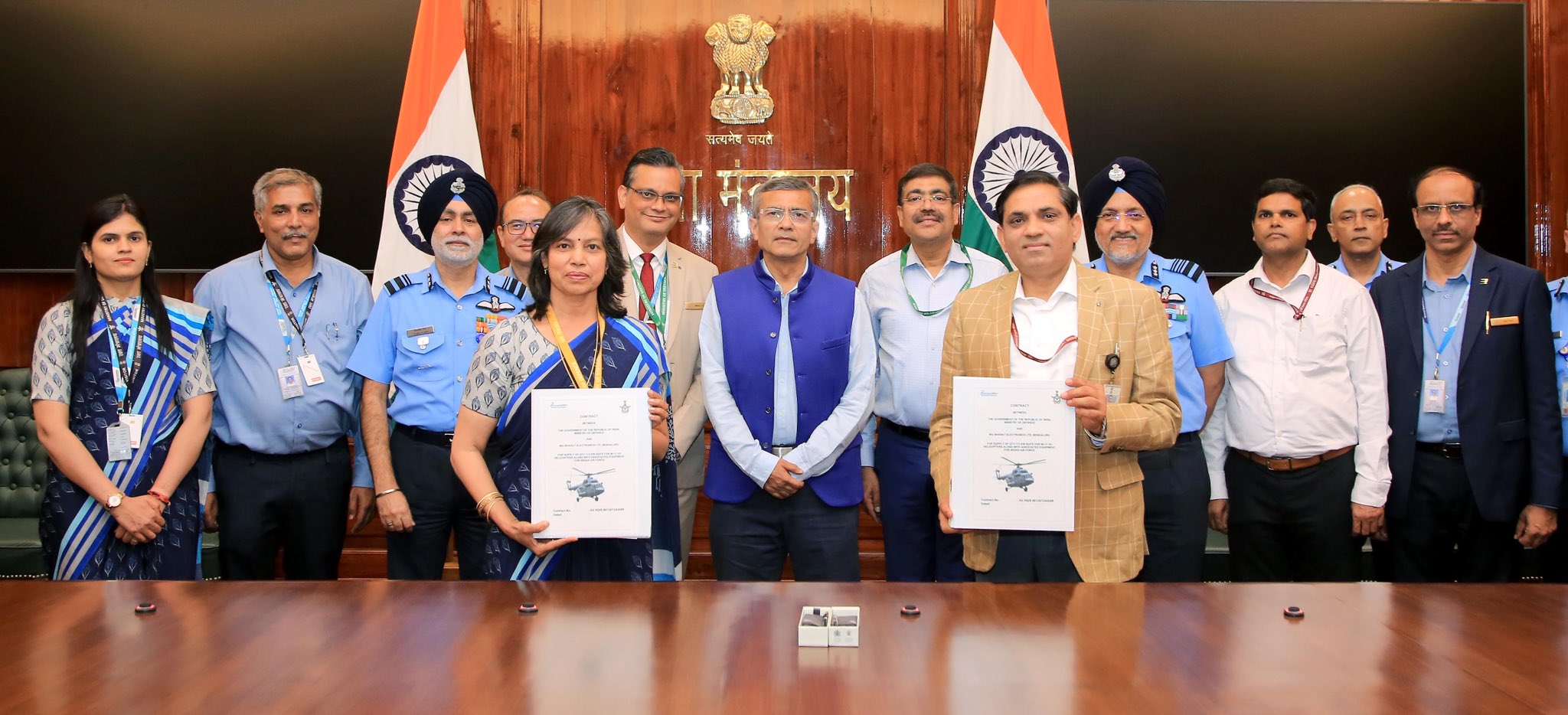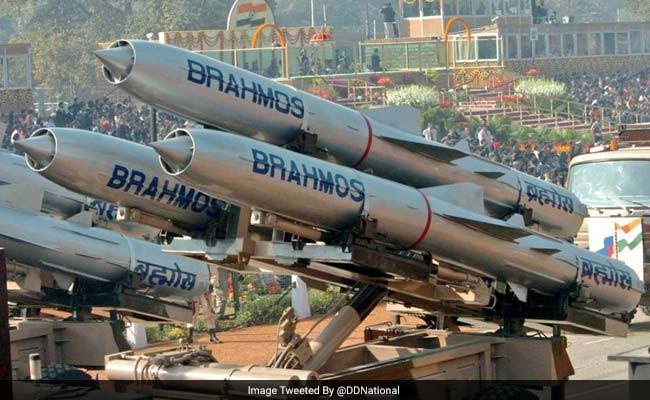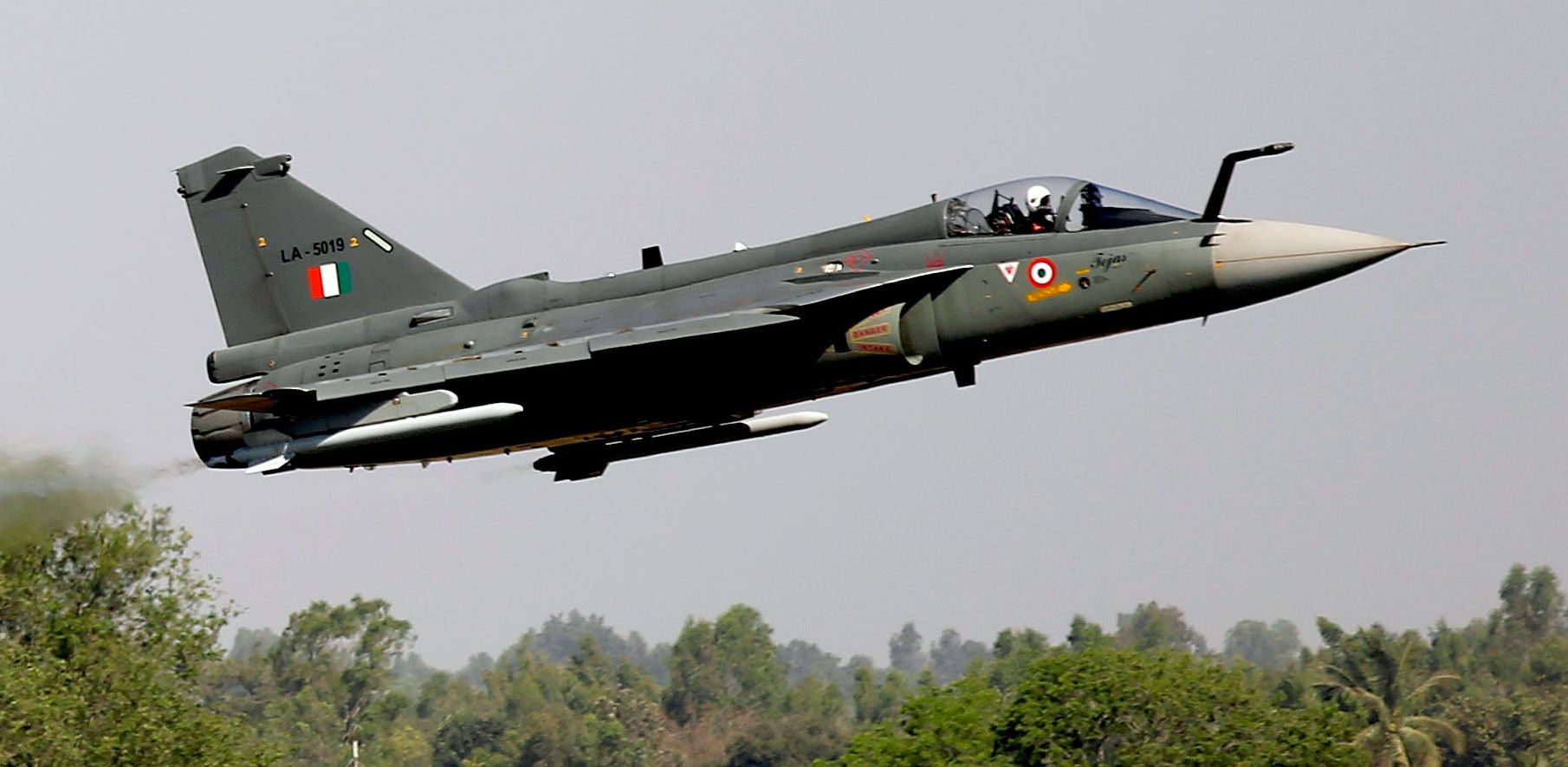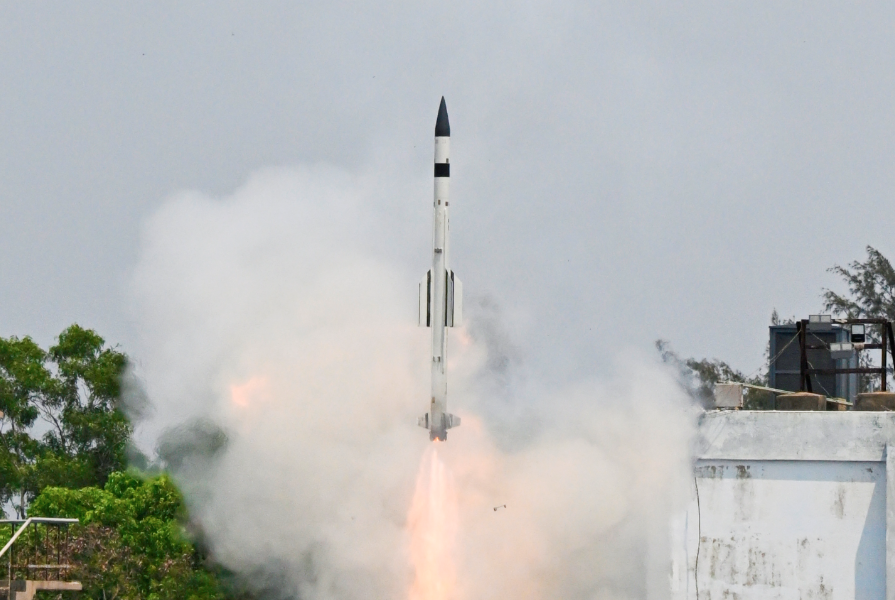 Screenshot of a video of the test-firing of the LRLACM.
Screenshot of a video of the test-firing of the LRLACM.
New Delhi: The Defence Research and Development Organization successfully conducted the maiden test-firing of the long-range land-attack cruise missile (LRLACM) from the Integrated Test Range in Chandipur, off the coast of Odisha on Tuesday. This significant milestone was achieved using a mobile articulated launcher, with all missile subsystems performing as expected and meeting primary mission objectives.
The LRLACM is designed for versatility, capable of being launched from both land-based platforms and naval vessels. It utilizes a universal vertical launch module (UVLM), which is also compatible with the BrahMos missile system, thereby enhancing its operational flexibility.
The missile can strike targets over 1,500 kilometres away, which will significantly enhance India’s long-range strike capabilities. Its precision targeting is facilitated by an advanced radiofrequency seeker system, which allows for accurate engagement of strategic targets while minimizing collateral damage.
India successfully test-fires first long-range land-attack cruise missile off Odisha coast.@DRDO_India @rajnathsingh @SpokespersonMoD #DRDO #BDL #BEL #LRLACM #LongRangeCruiseMissile pic.twitter.com/YjLeIVEHkv
— India Sentinels (@indiasentinels) November 12, 2024
During the test, the missile demonstrated advanced waypoint navigation, executing complex manoeuvres at various altitudes and speeds. Its performance was meticulously monitored using a network of sensors, including radar and electro-optical tracking systems, which ensured comprehensive tracking throughout its flight path.
Developed by the DRDO’s Aeronautical Development Establishment (ADE) in Bengaluru, the LRLACM represents a significant leap in India’s indigenous defence capabilities. The missile is powered by the domestically developed Manik engine, which has undergone rigorous testing to validate its performance for military applications.
Bharat Dynamics Limited (BDL) and Bharat Electronics Limited (BEL) are key partners in the development and production of this advanced missile system.
The successful test has been lauded as a critical step towards enhancing India’s strategic deterrence capabilities amid evolving geopolitical challenges. The defence minister, Rajnath Singh, congratulated the DRDO and associated teams for this achievement. Emphasizing its importance in bolstering India’s defence technology landscape, he noted that the successful flight test sets the foundation for future advancements in indigenous cruise missile technology.
The LRLACM is expected to significantly enhance the operational capabilities of India’s armed forces once inducted. With a projected range of 1,500 kilometres, it will enable long-distance strikes against strategic targets while keeping launch platforms at safe distances from potential threats.
The missile’s ability to follow terrain-hugging flight paths makes it harder to detect and intercept, providing a tactical advantage in combat situations.
In total, around 20 additional test flights are planned to further refine the missile’s performance before it enters service. The Indian Navy is anticipated to order approximately 200 units of the LRLACM once testing is complete, which will be a substantial investment in India’s defence infrastructure.



